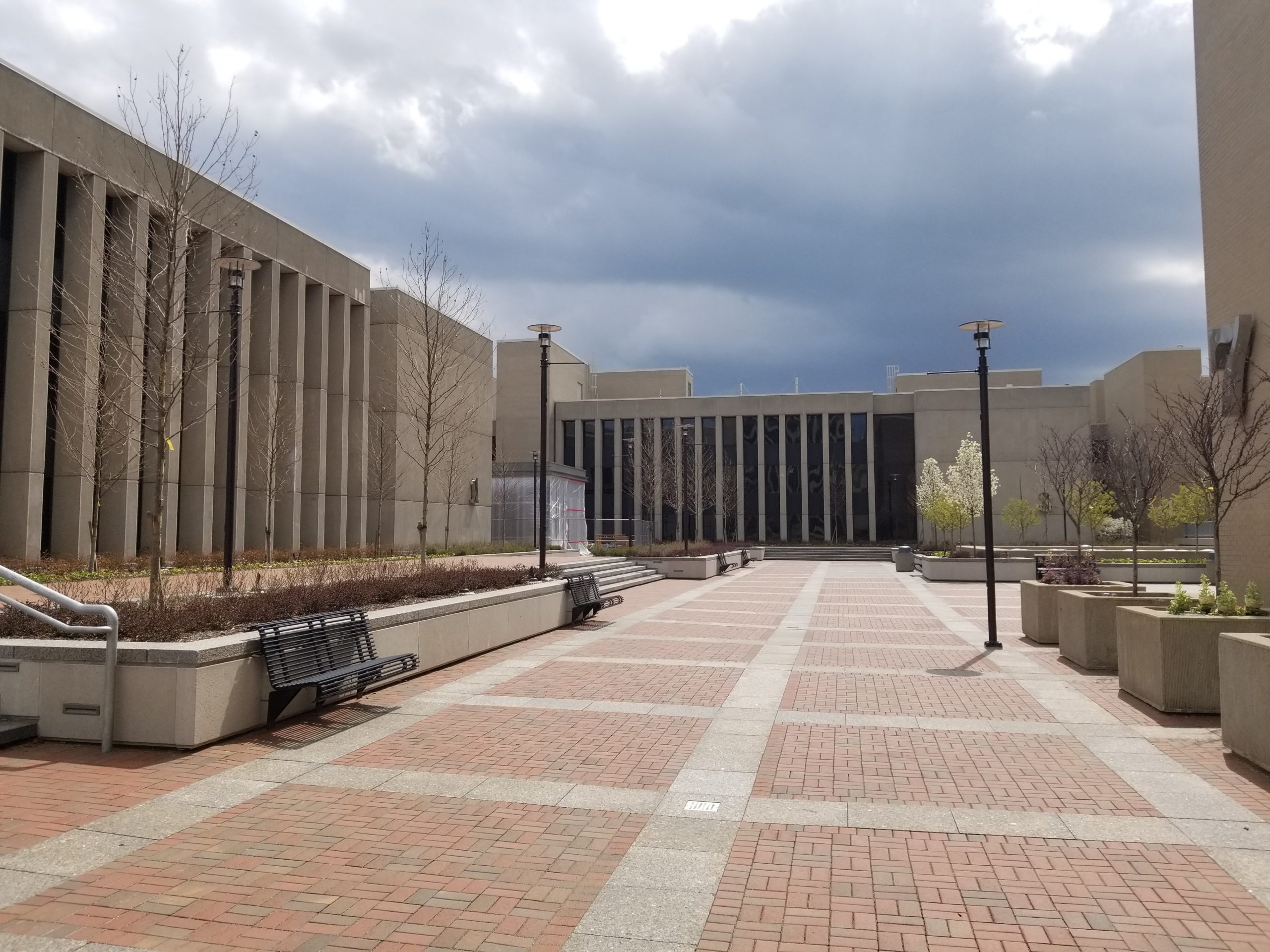Remote education is doubtlessly a display of how far technology has come. In a recent 2019 study Learning House conducted to gain data on online students, 1,500 college students were asked to compare if the instruction given to them in online courses was better, equal, or worse than instruction provided in a classroom. Numbers fluctuated as to whether it was equal or better however, less than 30% believed online instruction was inadequate in comparison.
Yet, what could be effective for success in another context is difficult, if not nearly impossible, in the midst of a global pandemic.
Remote learning has been implemented nationwide due to the novel coronavirus COVID-19. By suspending face-to-face classes until further notice, Sinclair Community College was following in the footsteps of other colleges in the state of Ohio to prevent the spread of the virus.
Sinclair students are now in a more independent state, fully responsible for how they manage time as well as how they utilize the resources given to them.
“For this semester I was taking three in-person classes and one online course,” said Angel Hopson-Woods, a Sinclair student. “I only wanted one online course to see if I liked it, but that all changed and I was forced to become a full-time online student.”
The online course she was enrolled in was Small Group Communication and prior to the campus closing, Hopson-Woods enjoyed her class. Ultimately, when all Hopson-Woods’ classes became online, she describes her academic life as being dramatically changed.
“Everything was due at five, or twelve, or eleven-fifty-nine,” said Hopson-Woods. “And then, as school shut down I had to work more hours at work and that caused more problems for me. So less time to study, more working at my job, and a lot more reading or meeting deadlines.”
Hopson-Woods works as an environmental tech at a hospital. An occupation in which she sanitizes and discharges patient rooms. In doing this, Hopson-Woods is not only a student but a frontline worker during the pandemic. The balance between performing critical work while doing remote education is reflective of the newfound struggles many students presently face.

Drastic life changes have caused students to become seemingly unresponsive with showing their attendance, if not dropping their classes altogether or requesting an incomplete which will have them able to resume their courses in the future.
Kathy Rowell, a professor from Sinclair’s sociology department, personally defines this situation as crisis teaching. She began the semester teaching four classes, but COVID-19 caused her to instruct two additional classes due to the fact there were people unable to teach them.
“My classes are all different sizes,” Rowell said. “I would say the number of students that called in when I had Zoom calls during class time is usually less than half.”
Rowell does not use Zoom as a way to distribute course content, but rather as a form of checking in on her students. Her method of teaching from afar consisted of recording PowerPoints for the classes if it fitted the course.
It is Rowell’s willingness to speak to them with a thoughtful attitude that enabled her to become aware of the exact details of what is occurring in their lives.
“Some students really struggle because they have children at home they’re trying to homeschool and then do their own classwork,” she said, “I would say that I found those were the students that struggled the most.”
According to an article about adolescent homeschooling written by Marcia Clemmit, a veteran social-policy reporter, it is stated that the amount of children learning from home has doubled from 1999 to 2012.
Despite this, a current conflict Rowell noted is how multiple people may need to use the computer at the same time. Furthermore, there may only be a single computer in the household. Therefore, a parent must weigh whether they will prioritize her child’s education over her own in addition to taking on the role as their educator.
On a national level, Rowell speculates success rates will slightly drop by the end of the semester, acknowledging some students were more motivated by face-to-face contact if not able to access the technology they required to successfully continue their education.
“On the other hand, there may be some students that might have ended up doing better because [classes] went remote.” Rowell said, “but my guess is overall, we’ll probably see a little decline in student success rates.”
Despite the difficulties that emerged with the abrupt transition, Hopson-Woods noted that many classes have appropriately modified to assist the students.
“Tests are simplified,” said Hopson-Woods. “They’re no longer short answer or they’re more like open-book or open-note. And the discussion boards are really simple, so as long as they can get done on time: you can complete the course.”
This article was originally written for JOU 2101 and is being published with consent.
Ayzha Middlebrooks
Executive Editor

